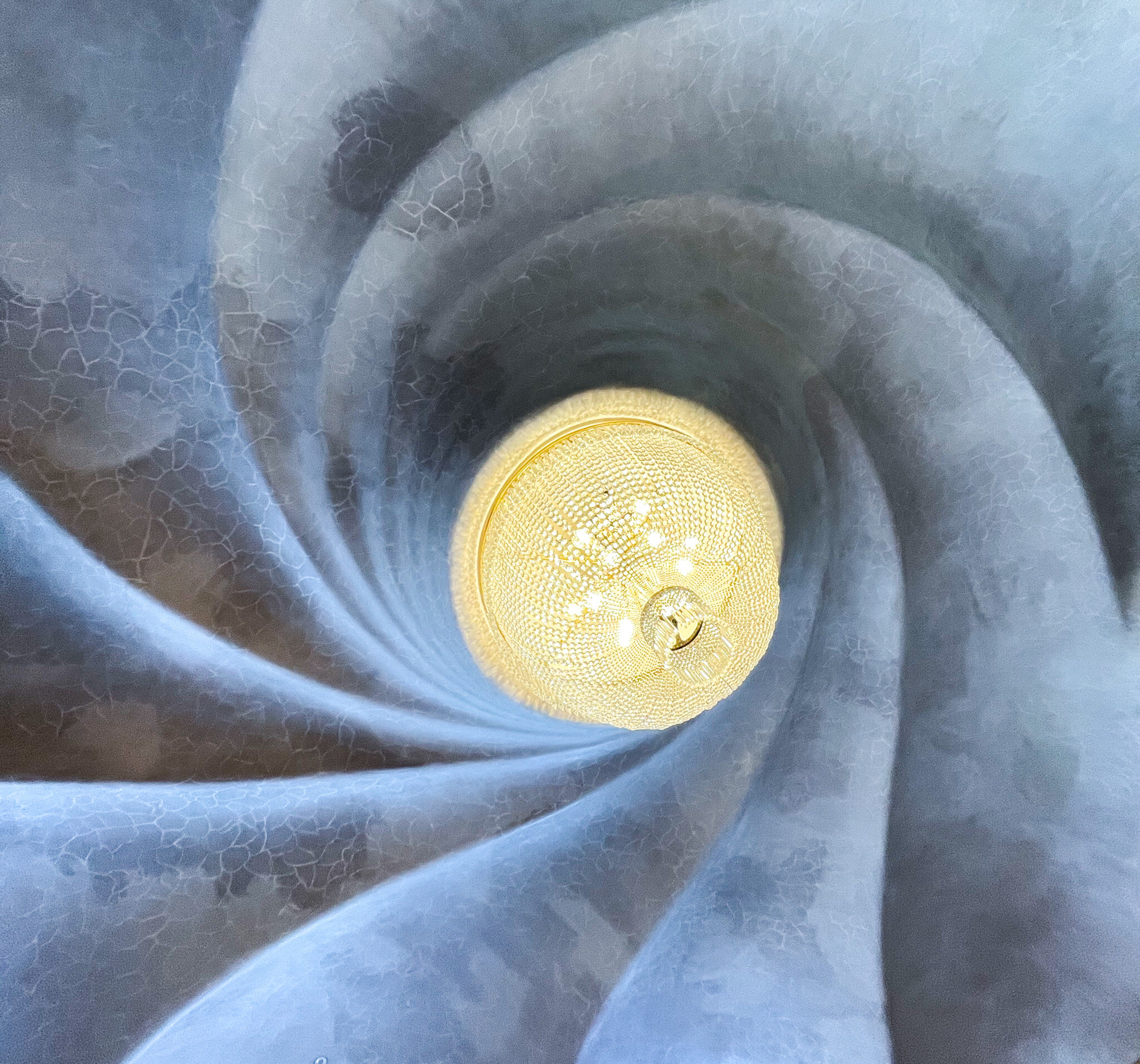Casa Batlló: An Aspiring Architect's Dream
Barcelona is the perfect city to find exceptional architecture, like Antoni Gaudí’s famous Casa Batlló, located on Passeig de Grácia in the heart of Barcelona.
Casa Batlló was originally constructed in 1877. The initial architect did not fulfill the aesthetic potential that this house had, so Josep Batlló hired Gaudí to transform the bland piece of real estate into a unique Bourgeois home… and he did.
Every staircase, hallway, room, window and door is a piece of art in itself. Due to his passion for nature, he incorporated the sea and forest into the design of the house. The house explodes with colors of coral reefs, hues of a blue ocean and metallics that shine like treasures lying at the ocean floor. Pictures do Casa Batlló no justice. The sunlight beams into the house and enhances the colors into unimaginable hues that make you feel like you’re in an alternate reality.
Gaudí imposed a sense of movement into this house as well. Like the ocean, the ceilings and windows of Casa Batlló were constructed to seem multidimensional like waves. We noticed this upon entering the Noble Floor, the heart of the house. The main living room on this floor looks over Passeig de Grácia. To the bourgeois, it was just as much of a delight to be seen living on Passeig de Grácia as it was to see Passeig de Grácia. The oak window and door panes are shaped like waves as you can see in the picture below.
Photo by Katie Everitt.
The ceiling of the living room was a highlight of our tour. The design manifests a whirlpool with the eye of the orbit being hundreds of crystals glistening in the sunlight. The crystals shimmered in the light throughout the day complimenting the watt light bulb, yet not relying on it. This is very representative of Gaudi’s fashion. He believed that natural light suited peoples appearance best; and the bourgeois did NOT want to look anything but the best for the pedestrians of Passeig de Grácia.
Photo by Katie Everitt.
From there you will be led up the stairs to the indoor patio. There are two rooms on each floor and rather than room numbers, Gaudí used letters because he was interested in calligraphy. Calligraphy allowed him to exercise his artistic abilities and avoid straight lines (something he seemed to despise). The rooms behind these doors were not available to the public so it was left up to our imagination to decide what lay behind those doors.
Are you as curious as we are? Photo by Katie Everitt.
The entire stairwell is beautifully tinted blue when the light hits the mosaic tiles. The darkest shade of blue is at the top and the lightest shade is at the bottom, beginning at the Noble floor. This, and the varying window size, allows the light to distribute evenly, producing a Mediterranean Ocean blue tint. These sort of indoor patios are very common for Barcelona Modernism architecture; a place where the space interacts with nature (light in this case) to produce something magnificent.
Photo by Katie Everitt.
The tour continues for about another thirty minutes, but being the ocean lovers that we are, the beginning was our favorite part.
Like Barcelona, Casa Batlló is where the sea meets the city. Casa Mila and Casa Vicens are Gaudí's other two houses that are located in Barcelona. His work will forever be highly esteemed and praised by architects and artists around the world.
Be sure to stop at Casa Batlló and see the magic for yourself! It’s impossible to pass by it on the street unknowingly, there is always a huge crowd below taking photos or standing in the two hour queue to enter.
Tag us @theedgemag to share what you saw after the staircase when you visit Casa Batlló!



